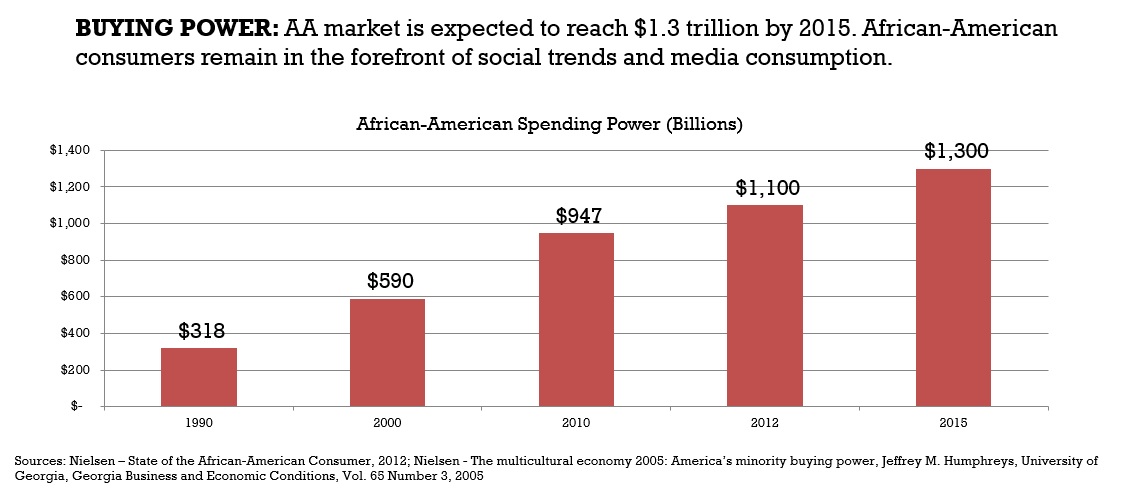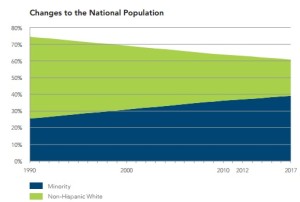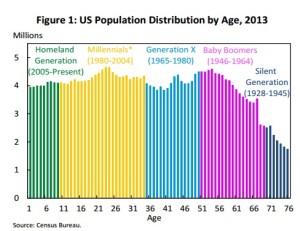In our continued series on multicultural marketing, this week we’re looking at the power of African American consumers and how brands and marketers must tailor their messaging to reach this important segment.
African American consumers have steadfastly proven their value to brands by accumulating a buying power of $1.3 trillion dollars.1 With that much buying power, if African-Americans were a country, they’d rival the buying power of the 15th largest country in the world – Canada! Additionally, there has been a 44% increase in African-American households earning $50,000 or more and a 23% increase in African-American households earning $75,000 or more. We’ve also noted that African-Americans have experienced a 64% faster population growth than the general population since 2010.
 These numbers are proof that African-Americans are an important and powerful population that brands and marketers cannot afford to overlook. Every marketing plan that’s developed to reach a diverse consumer base must include strategies to reach out to African Americans. Why? Because African-American consumers look for products that represent their image and cultural values. Successful brands align with core values and speak to black consumers by communicating quality and value.
These numbers are proof that African-Americans are an important and powerful population that brands and marketers cannot afford to overlook. Every marketing plan that’s developed to reach a diverse consumer base must include strategies to reach out to African Americans. Why? Because African-American consumers look for products that represent their image and cultural values. Successful brands align with core values and speak to black consumers by communicating quality and value.
Tell us your thoughts in the comments below and come back next week when look deeper at the things that African American consumers value.
1 Source: Nielsen – State of the African-American Consumer, 2012; Nielsen – The multicultural economy 2005: America’s minority buying power, Jeffrey M. Humphreys, University of Georgia, Georgia Business and Economic Conditions, Vol. 65 Number 3, 2005.


